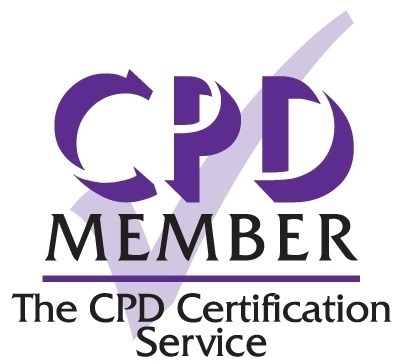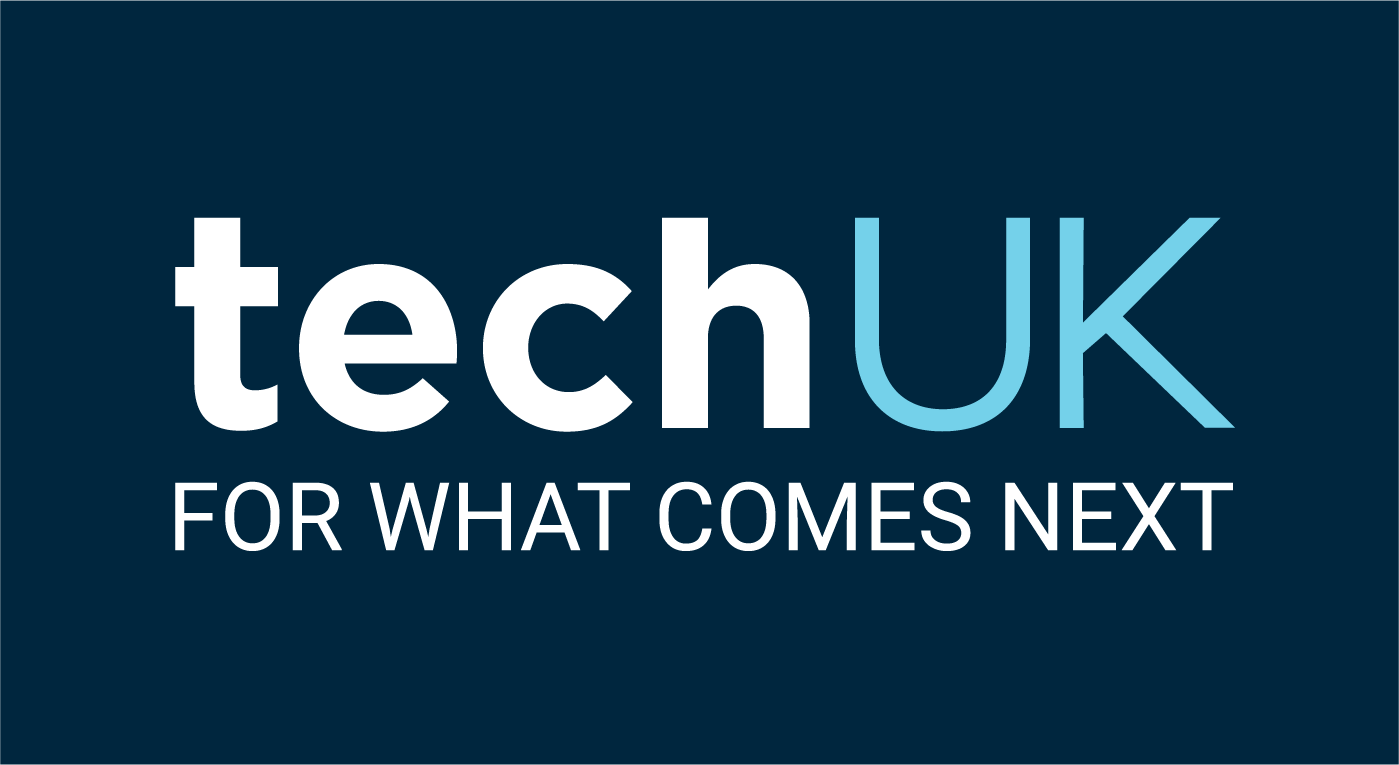
Digital health change & training – the 5 levels of good learning and adoption
These days most digital health programmes, large or small, allow time and resources for training. […]

Ideal Health share their experiences and explore some of the challenges and potential solutions for delivering data, analytics and information that creates an accurate picture of a patient’s care and enables improvements in practice, patient experience and safety.
Many people will have experience in ICU of data collection onto a giant paper chart, with a nurse analysing this in her head. A clinician could literally glance at the chart which was updated hourly and would know instantly how the patient was doing or what was needed.
The ultimate intention for many Trusts is to replace this physical chart with an electronic version but this is often met with strong resistance as the EPR solution is not as intuitive.
New digital systems are improving all the time, but there are still fundamental issues to be resolved including over complicated visualisations, system integration limitations and unintuitive system workflows. These all lead to poor compliance and data quality errors which can then lead to ineffective patient pathway management. This can have a knock-on effect on patient care.
Technology may have changed the way data is captured but it also needs to support the information needs of the practitioner in a way that is practical and intuitive.
More attention to intuitive EPR design would provide less reliance on training and leave more time for patient care. Although great progress has been made there is still some work to do in this area.
Trust information departments have often focused on production and validation of statutory data sets to support commissioning. There are challenges faced in trying to move beyond this and identify what else is needed.
Data collection and analytics have been largely retrospective, reactive and resource heavy with large teams of people required to do queries, corrections and reporting. Clinical data sets exist, if not in isolation, then without much stewardship. They were often implemented without the ability to embed clinical terminology, and eluded efforts to evaluate quality and completeness.
Current trends to share these clinical data sets can run aground based on lack of semantic interoperability, requiring further mapping and maintenance based on the new data context. Analytics and the information generated needs to become much more predictive, proactive and automated, getting real-time information alongside clinical decision support.
When clinical systems are implemented, the objective is to create an accurate picture of what has happened with a patient’s care. We need confidence to be able to say that everything in the record DID happen and everything that’s not in the record DIDN’T happen. For clinicians, certainty and provenance of data are crucial.
Analytics has a key role to play. At the individual level we can ascertain that something is going wrong in a clinical system, but without analytics, it will be difficult to establish a pattern across a group of patients to gain insight.
Examples of where things have gone wrong –
Each of these examples will cause major problems.
When looking at EPR maturity and adoption, as well as analytics maturity assessments, Ideal sees the same issues time and again.
HIMSS is a tool which tells us a lot about data and analytics issues and can also help with solutions.
The two biggest assets of a healthcare system are its people and its data. Valuing our data and enabling trust in it is crucial.
Recognising the importance of data improves investment in it and extraction of value from it. It is important to manage the quality of data and do it right first time, to start to build trust in it. Every £ spent in the design phase, saves £100 in the management of it.
Good engagement with all impacted stakeholders is also critical to ensure involvement and a willingness to make improvements work. Stakeholders should be involved in the specification and design decisions, so they have realistic expectations, and the solution fits their needs. They should be part of the Design Authority and design assurance process.
Strong change management and a comprehensive communications and engagement strategy needs to be in place to create understanding, awareness and support for what the system is going to deliver. By setting out the case for change early on this can alter any negative perception that the system is an imposition and adds to workload. The overall objectives need to be explained and accepted and should answer the ‘what’s in it for me?’ question.
The benefits to the user and to the patient need to be clear. Strong engagement leads to a successful change in behaviour, with increased adoption, compliance in system usage and correct data input, as well as improved reporting, information and decision making.
Gartner describes MDM as “a technology-enabled discipline in which business and IT work together to ensure the uniformity, accuracy, stewardship, semantic consistency, and accountability of the enterprise’s official, shared master data assets.”
Master Data Management principles require data ownership and stewardship of end-to-end data flows.
There are many challenges associated with data and analytics and we have considered the potential solutions of better integration and data architecture, improved master data management, root cause analysis, ongoing optimisation and the important people element of managing change, engaging staff, encouraging involvement and gaining trust.
There are many benefits if these solutions are put in place, including –

These days most digital health programmes, large or small, allow time and resources for training. […]

There are 5 critical paths required for a successful EPR implementation and many potential blockers […]

There are many challenges in data validation in the mental health space, with the need […]
“The trainers Ideal provided have been brilliant. They not only provided the highest quality training and feedback, but were always prepared to go the extra mile when needed. Thanks for helping develop a relationship that we can rely on and when we’re looking for capacity to roll out the rest of eRecord we’ll be on the phone. Look after the trainers we’ve had – they’re a great bunch”
“Perot Systems has worked with Ideal on provision of floor walking services to support large scale Cerner implementations. The success of the implementations and the smooth execution of the go lives have rested significantly on the success of the services that Ideal Training provide. The staff themselves are extremely knowledgeable in both the product and the NHS operations they support with specialist SME’s provided as demanded”.
“The E-Learning Development Manager from Ideal worked closely with my Training team to develop e-learning content for Maternity. The modules delivered were concise, thorough, and easy to absorb. The structure was clear, logical and effective, and included elements of interactivity and video. There has been a lot of praise by the SMEs and staff regarding the high quality of the work produced on a very complex specialty. I found working with Ideal to be a very positive experience. I would highly recommend for any related work”
“For the implementation of our EPR+ programme, the Trust needed a partner who we were confident could help us successfully deliver the system. Ideal demonstrated an approach which married up to our requirements”
“We recognised the enormous impact a good floorwalking team has on the success of project implementation. With Ideal Training’s previous track record and experience in Cerner implementations, we felt confident in the service offered and would certainly consider working with them in the future”
"Ideal Health contributed towards the success of our Apollo Programme. They provided a team of 100 trainers who collaborated with our programme leaders and trainers to develop training materials aligned to our training strategy. Together, they created 800 engaging e-learning modules and delivered face-to-face training to over 30,000 staff across multiple locations. This comprehensive approach ensured that our workforce was well-prepared for the Epic programme's go live."
“We were most impressed with the calibre of floor walking staff supplied by Ideal. They were highly professional in their approach and demonstrated a fully comprehensive understanding of the system”
"A big shout out to the Ideal Health team for being super friendly, flexible, and approachable. The more we work together, the better it gets. Familiar faces become part of the Go-Live team, learning the geography and culture of the organisation. Including the Ideal Health management team behind the scenes, we always feel fully supported with a "can-do" attitude that helps us make improvements every Go-Live. For those returning for the March Go-Lives, I look forward to working with you again!"
“Ideal has an excellent reputation as a top-class training provider working exclusively in the health sector. With their experience and demonstrable track record in delivering IT training solutions to NHS organisations, Ideal was the clear choice for BT and Connecting for Health”
“Ideal made a big difference. By using Ideal as the foundation of our floorwalking support, and augmenting this with Trust staff, we were able to ensure a constant, capable presence with our end-users 24/7. This would not have been possible without Ideal and reduced the impact on the wider Trust saving us from having to pause additional activity.”
“Ideal were a valuable partner as we engaged operational teams to translate our high-level ambitions into a meaningful vision and digital objectives. Their impartiality and customer focus meant they were able to communicate clearly with colleagues, identify common problems, and sensitively move past stress and ‘pet peeves’ to get to the heart of the difficulties our teams were experiencing in accessing the right information day to day”
“Ideal's Digital Maturity review has enabled us to refocus our Digital and Data Strategies post-Covid, appreciating which shared and individual activities could support our ambitions for digital healthcare in our area. We are now taking the recommendations forward via a series of workshops across ICS partners to reprioritise and plan our next phase of activities”
“The trainers supplied by Ideal did a very thorough job in preparing staff at the Royal Free, including adapting the programme to meet the needs and availability of the consultants. The trainers further enhanced the service by gathering information from the shop floor and feeding back to the training team. We were delighted with the service we received from Ideal”
“Ideal demonstrated great agility in supplying experienced support for the Trust’s EPR requirements and mapping exercises. They showed great flexibility in meeting the Trust’s needs, clearly articulating the approach and costs associated. This coupled with advice and experience enabled the ‘As Is’ and ‘To Be’ processes mapping to complete to time and quality”










